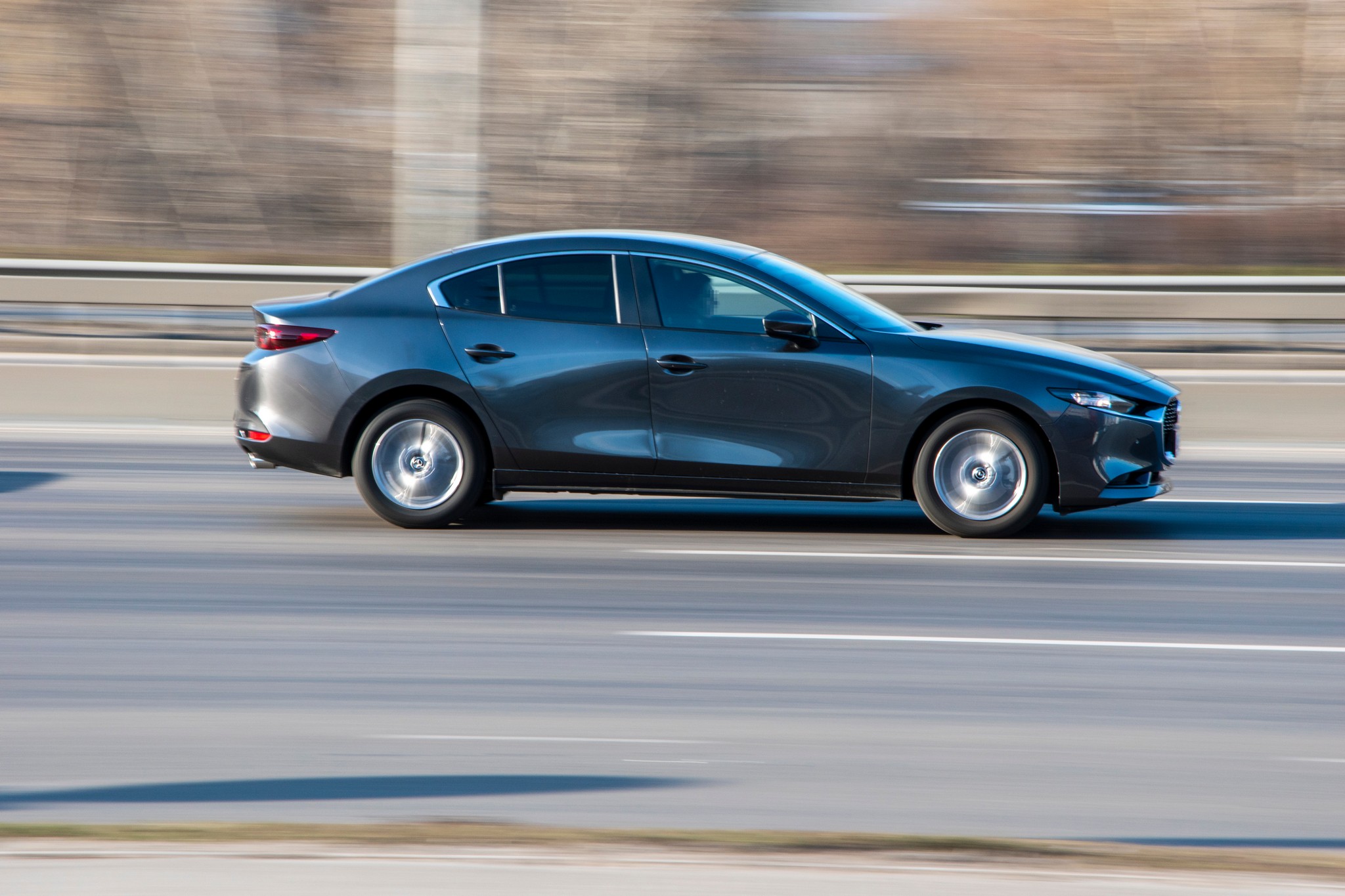There is no doubt that Japanese cars have been the tried-and-true contenders leading the automotive market. Japan has been known to produce the most reliable and safe cars for decades now and is still conquering the industry. When you buy a Japanese export, you best know you will be getting your money’s worth. With so many options available in the market for Japanese exports, it can be intimidating to choose one. So, here is a breakdown of some of the best models out there in 2021.
Mazda 3 Sedan & Hatchback
In 2018, the new Mazda 3-4 generation hit the market. The appearance of the automobile, as well as the equipment, has changed from previous models: the design has become more “stunning” and catchier, and the hatchback somewhat reflects a modern sports car. The gasoline engine has a volume of 1.5, 1.8, 2.0, and 2.5 litres.
Fuel consumption ranges from 4 to 12 litres per 100 km. A few of the advantages of the Prius include excellent visibility from the driver’s seat, interior space is generous, and sound insulation is outstanding. It also includes dashboard tools for advanced users (especially 8.8-inch display and projection screen), advanced safety systems (traffic jam assistance technology, blind-spot monitoring, driver attentiveness monitoring, airbags)
Toyota Prius Liftback
This 4th generation vehicle varies from its predecessor mostly in terms of exterior design and cabin interior amenities. Furthermore, the vehicle’s security system has been enhanced. The new vehicles include front-wheel drive and a hybrid system powered by a 1.8-liter gasoline internal combustion engine. Its fuel usage is 3-5 litres per 100 km.
Some advantages for this new model are that the profitability is high, and the build quality is superb which is true for both the body and the chassis. It is high performance, even in its most basic configuration, and the car is outfitted with all the required equipment such as temperature control, multi-wheel drive for a comfortable.
Honda CR-V Crossover
Honda’s 5th generation crossover is a beautiful and powerful vehicle that is ideal for city roads. The engine capacity is 2.4 litres and runs on gasoline. The crossover is fitted with front-wheel drive as standard, but all-drive (available as an option) makes the car as stable as possible on the road.
Fuel usage varies between 8 and 12 litres per 100 kilometres of track. It has a trunk with a volume of 522 litres or more which can easily hold all of the necessities for a family trip, and a roomy and comfortable interior will provide comfort while travelling.
In addition to the standard configuration, the manufacturer offers four more options: Elegance, Lifestyle, Executive, and Prestige. Excellent handling and road stability, as well as a spacious cabin and boot. So, if you are on a hunt for spacious family car, this is an excellent option to consider.
Mazda 2 Hatchback
The Mazda 2 became one of the most popular cars in New Zealand due to its stylish design and incredible aerodynamics (achieved through the use of smooth, streamlined body forms).
The company will offer car owners a variety of options, with even the most basic of them pleasing with the presence of a variety of equipment such as electro-power steering wheel, excellently equipped dashboard, climate control, heated seats, electric window lifter, etc., that assures a safe and enjoyable ride.
There is an option between front-wheel drive and all-wheel drive vehicles. Engine capacity: 1.3/1.5 litres for gasoline, 1.4/1.6 litres for diesel. Fuel usage is 5-8 litres per 100 kilometres. The baggage capacity is 250 litres, which is fairly adequate for a hatchback.
The advantages of Mazda 2 include profitability, road stability, agility Indicator of high dependability (in particular, due to the extended safety system), ease of upkeep, and repair (relevant for cars through 2010 and beyond).
Toyota Corolla Sedan
There is no doubt of how popular these are. The sedan’s transmission options include a variator or a 6-speed manual transmission. The car’s stylish outward appearance will leave any fan of representational sedans happy. The engine has a size of 1.6 litres and a power output of 122 horsepower.
The average fuel consumption per 100 kilometres is 5-9 litres. The car’s top speed is 195 km/h, and it has good characteristics, reaching 100 km/h in 10 seconds. The interior is extremely well-equipped and the seats are upholstered in leather and fabric, there is climate control, electric windows, and so on.
If you are considering purchasing this model, here are some advantages that can make the buying decisions a little more easy: economical fuel consumption, high-reliability indicators (the most modern safety systems along with increased body rigidity), heated windshield, electric power steering, multi-link suspension, etc.
Mitsubishi ASX Crossover
The revised 2018 model astounds the user with a fully new outward style and exceptional equipment. There are two engine options: 1.6 / 2.0 petrol and 1.6 / 2.0 diesel. The transmission can be either variator or mechanical, with an option of a front or full-wheel drive.
This ASX has independent spring suspension in the front and multi-link suspension in the back. The trunk volume is 440 litres in the conventional position and 1200 litres with the rear seats folded. The cabin is spacious and comfy – just what you need for a wonderful family vacation!
Advantages of the Mitsubishi ASX include a stylish exterior design, decent interior equipment, strong noise isolation, climate control, heated seats, and excellent dynamics, electric power steering, and much more.
To sum up, all the models mentioned above are some of the most tried and trusted cars in the market at the moment, however, all Japanese car brands have shown their durability from time to time and you cannot go wrong with any Japanese model you choose.

